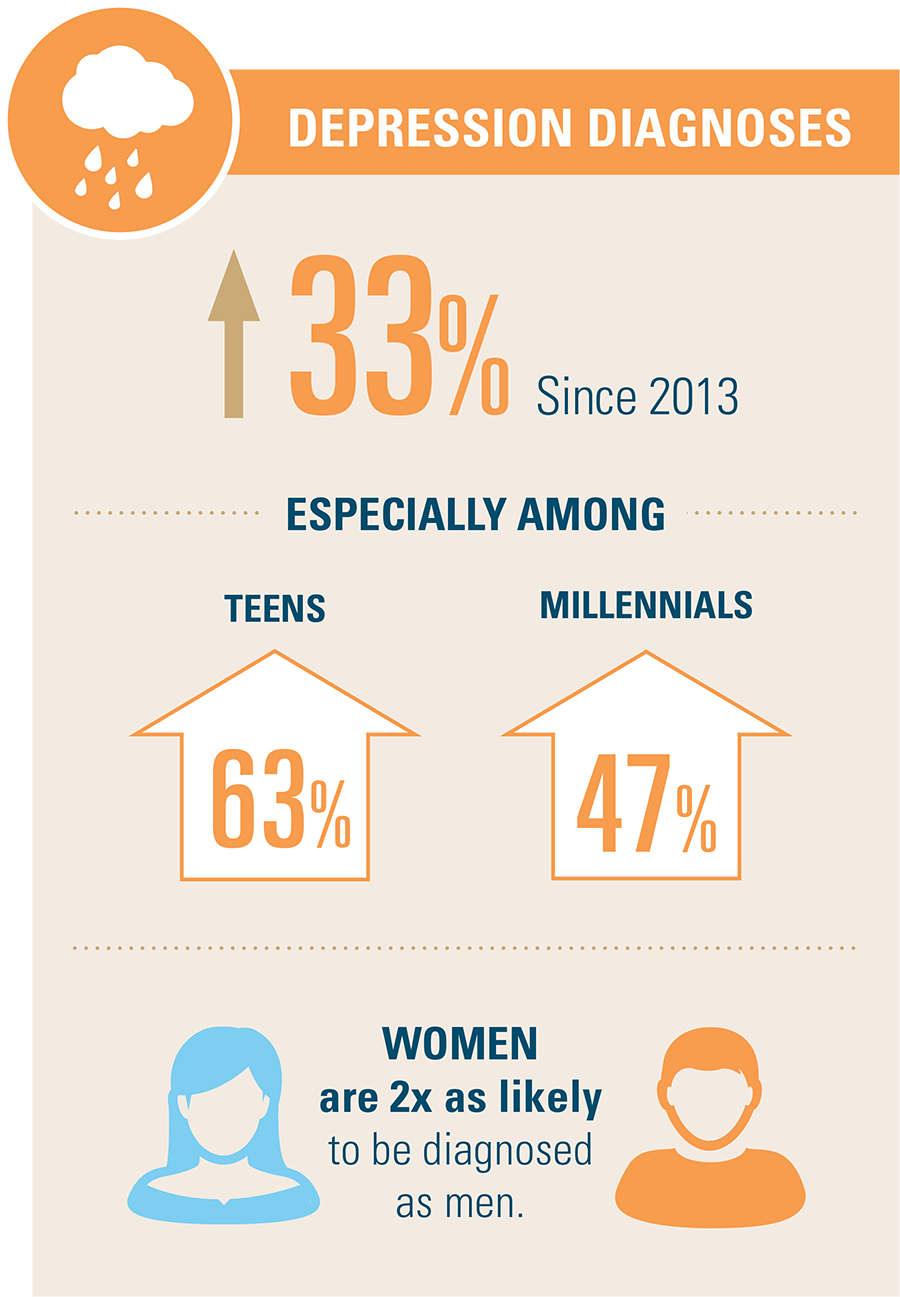Surgical Treatment Might Be Needed To Treat The List Below Kinds Of Hernias:

https://medicalxpress.com/news/2019-07-robotic-surgical-tool-medical-evidence.html -Walters Munksgaard
* Inguinal hernia: A protrusion of tissue with a weakened area in the stomach wall, typically on one side of the groin.
* Hiatal rupture: A projection of the stomach through the diaphragm and right into the upper body tooth cavity.
* Umbilical hernia: A lump near the stomach switch that takes place when a weakened area in the abdominal wall surface permits fat or other cells to press through.
* Ventral rupture: A lump that happens when a damaged location in the abdominal wall surface enables fat or other cells to press through, commonly near a previous medical cut.
* Incisional hernia: A bulge that occurs when a damaged area in the stomach wall enables fat or other tissue to press through, frequently near a previous medical cut.
It is very important to keep in mind that not all ruptures call for surgical treatment, however these types do. If you suspect you have a hernia, it's important to get in touch with a medical care specialist for proper medical diagnosis and treatment.
So, you have actually been experiencing some pain lately, and after a thorough examination, your doctor has identified that you have a rupture. Now, before you start worrying, it's important to recognize that not all hernias require medical intervention.
Nonetheless, there are certain types that do, which's what we're here to review. From inguinal hernias to umbilical hernias and also hiatal hernias, each one offers its very own one-of-a-kind obstacles and factors to consider.
But let's not prosper of Hernia Surgery Recovery Tips . We'll study the specifics soon sufficient.
Inguinal Ruptures
If you're experiencing discomfort and pain in your groin location, you might have an inguinal rupture that calls for medical intervention. An inguinal rupture takes place when a part of the intestine or fat presses through a weak spot in the inguinal canal, which lies in the lower abdominal area.
This type of rupture is much more usual in males than women and can be caused by factors such as heavy training, stressing during bowel movements, or chronic coughing. Signs of an inguinal rupture consist of a bulge in the groin area, discomfort or pain when coughing or lifting, and a feeling of pressure or weak point in the groin.
If left untreated, an inguinal rupture can bring about difficulties such as bowel obstruction or strangulation, which is why medical treatment is needed to fix the hernia and avoid further difficulties.
Umbilical Hernias
Do you recognize what an umbilical hernia is and how it can be dealt with surgically?
An umbilical hernia happens when a part of the intestinal tract or stomach cells protrudes via a weak spot in the stomach wall near the stubborn belly button.
If you have an umbilical rupture that needs surgical treatment, right here are 3 treatment options to take into consideration:
- Hernia fixing surgical treatment: This is the most usual treatment for umbilical hernias. Throughout the treatment, the surgeon will certainly make a cut near the hernia and push the sticking out cells back into location. They'll then strengthen the stomach wall surface making use of stitches or a mesh spot.
- Laparoscopic surgical treatment: In some cases, a minimally intrusive approach called laparoscopic surgical procedure might be utilized. This technique includes making small lacerations and using a video camera and specialized devices to fix the rupture.
- Open surgery: In even more intricate instances, open surgery may be needed. This involves making a bigger cut to gain access to and fix the rupture.
Hiatal Hernias
A hiatal hernia happens when part of the belly extends with the diaphragm into the breast cavity. This kind of rupture is relatively typical and typically needs medical intervention.
Hiatal hernias can be identified into 2 main types: sliding and paraesophageal hernias. Gliding https://zenwriting.net/kristopher25mary/checking-out-the-perks-of-hernia-surgical-treatment-mesh-every-little-thing are one of the most usual and happen when the reduced part of the esophagus and the top of the belly slide up into the chest via the respite, a small opening in the diaphragm.
On the other hand, paraesophageal hernias are much less typical but more extreme. In this kind, a part of the tummy presses through the respite along with the esophagus, causing prospective difficulties like gastric volvulus or strangulation.
Surgical repair is normally necessary to deal with hiatal hernias and alleviate signs and symptoms such as heartburn, chest discomfort, and difficulty ingesting.
Conclusion
So there you have it, the various types of hernias that need medical intervention.
One instance of a hernia case that needed surgical treatment is John, a 45-year-old man who suffered from an inguinal rupture. Regardless of his first pain and apprehension, John opted for surgical intervention.
The treatment achieved success, and he experienced a full healing, allowing him to go back to his typical activities without any further issues.
Remember, it's important to consult with a health care specialist if you presume you might have a hernia that calls for surgical treatment.

